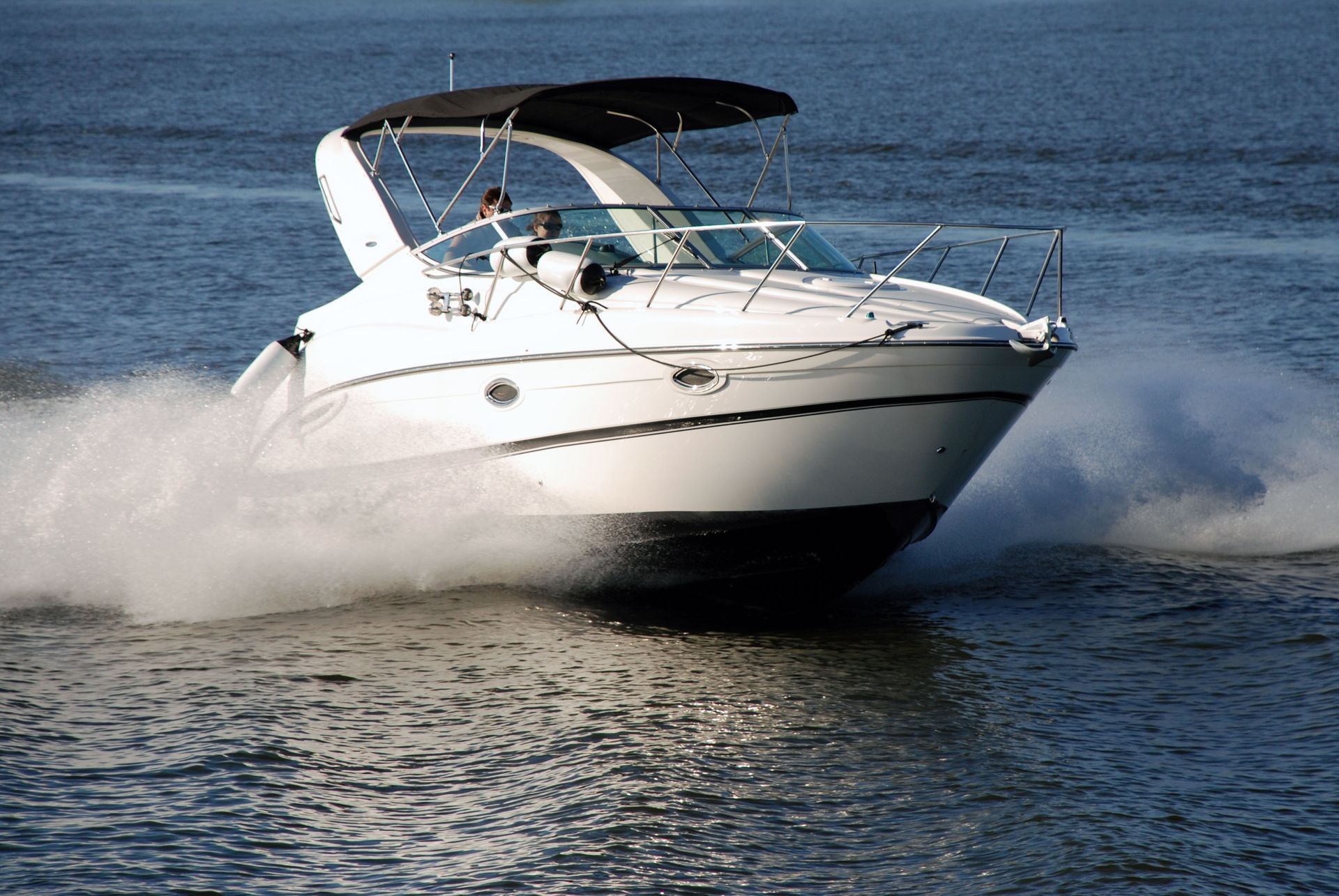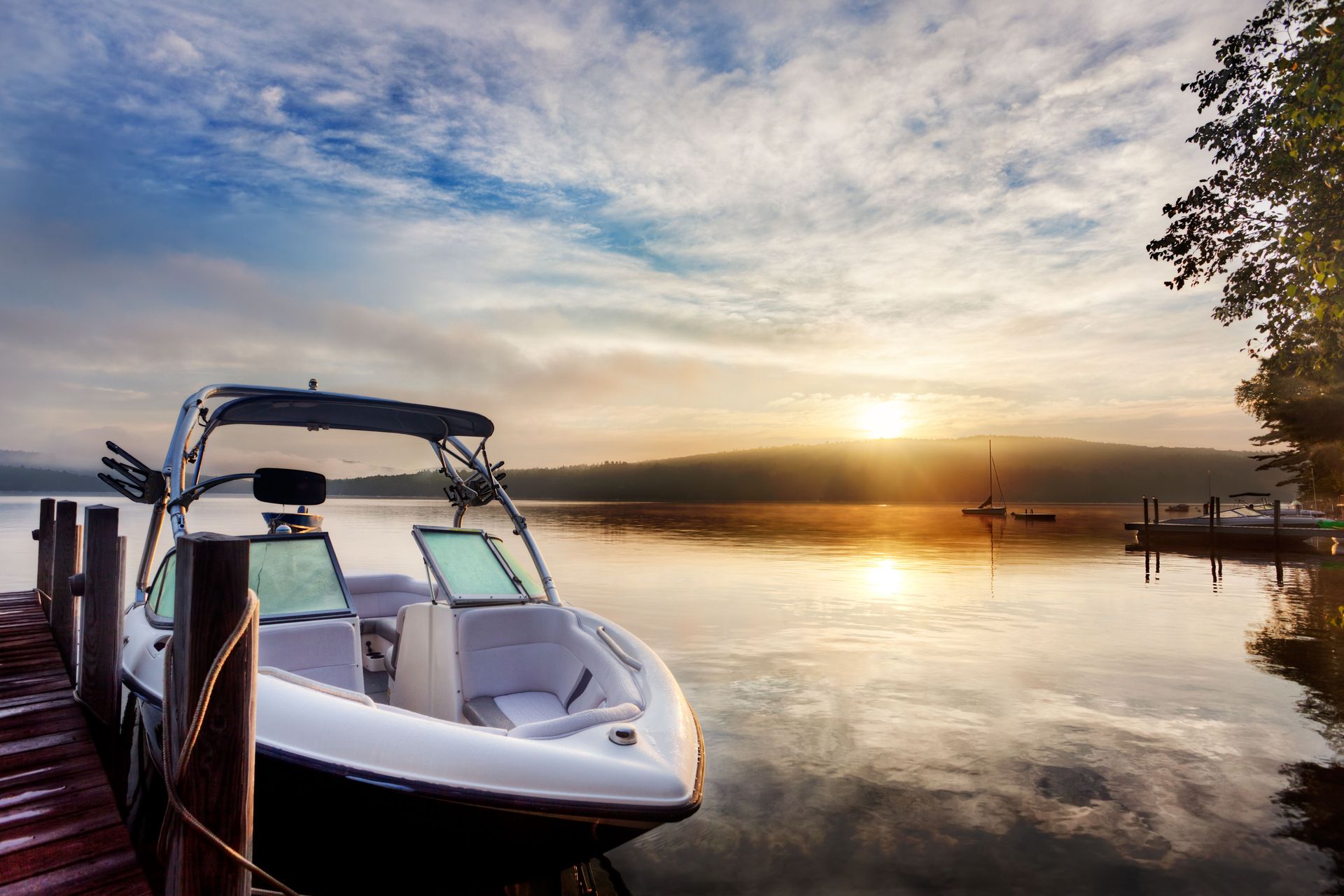10 Questions to Ask a Seakeeper Dealer
When you're investing in a high-performance stabilization system for your yacht, the quality of your partner matters. A Seakeeper dealer is not just a vendor — they are your guide, installer, maintenance resource, and long-term support. Asking the right questions up front gives you confidence that you'll get a system that fits your vessel, operates reliably, and is backed by capable service. Below are critical questions to pose to any Seakeeper dealer before you commit.
1. What Experience Do You Bring as a Seakeeper Dealer?
You want to begin by gauging depth of expertise. Has the dealer installed systems on vessels similar to yours — similar size, hull form, displacement, mission profile? Ask for references and photos of past installations. A seasoned Seakeeper dealer will have encountered a variety of installations: center consoles, express cruisers, motoryachts, sportfishing boats, and more. They'll be able to explain how they handled challenges around structural reinforcement, vibration isolation, routing of cables and hoses, and system integration. A dealer who is still learning should be forthcoming about the projects they've completed and the lessons they've learned.
2. How Do You Size and Select the Right Seakeeper Unit?
One of the most consequential steps is choosing a model with the proper capacity and performance envelope. Ask the Seakeeper dealer how they size the system — what parameters do they consider (roll period, weight distribution, center of gravity, speed envelope, usage pattern)? How do they simulate or predict the stabilization performance? A competent dealer should walk you through a justification: why they selected a particular model, why a larger or smaller model might under-perform, and how they anticipate the unit behaving in your normal sea conditions. If they cannot clearly explain their selection logic, that is a red flag.
3. How Will You Integrate the Seakeeper System into My Vessel?
It is not enough to simply sell a gyroscope — proper integration is what determines long-term reliability and performance. Ask the Seakeeper dealer how they plan to place the unit in your hull: where structurally, how low in the boat, how they'll support the loads, how they will isolate vibration, how they'll manage cabling, cooling, and control wiring. Will modifications to stringers, floors, or fuel/water tanks be necessary? What access will they require? What is their plan for system ventilation, power supply, and control interface at the helm? A dealer that has integrated multiple systems should have clear answers, drawings, and examples.
4. How Will You Handle Installation, Commissioning, and Testing?
A great Seakeeper dealer should not only install, but also commission and test the system thoroughly. You should ask: What is your installation schedule, and how do you ensure quality control? After installation, how do you commission the unit — what sea trials or stability tests will you run? How will you verify the performance against expectations? What tuning or calibration is required? In addition, ask how long installation will take, whether drydock or haul-out is required, and whether the dealer handles all aspects (mechanical, electrical, structural) in-house or subcontracts portions.
5. How Will You Provide Ongoing Maintenance and Support?
Once the system is in place, your relationship with the Seakeeper dealer is only beginning. You should ask about scheduled maintenance contracts, parts availability, response time, how they handle warranty claims, and whether they offer remote diagnostics or system health monitoring. A dealer who truly supports you will schedule periodic inspections, monitor bearing health, vibration, internal vacuum integrity, and be ready to respond if an issue arises. Ask how often they recommend service, what parts are expected to wear or need replacement, and what your downtime expectation would be if service is required.
6. How Do You Structure Warranties, Guarantees, and Liability?
To protect your investment, you must ask about warranties and liability. What kind of manufacturer warranty is included, and how does your dealer augment or support it? What parts and labor are covered, and for how long? Are there exclusions? What warranties do you carry against installation defects, structural failures, or electrical system damage? Ask how they apportion liability if an issue arises that crosses disciplines (e.g. structural, electrical, or hull integration). Also inquire whether they offer performance guarantees (e.g. a roll reduction threshold) or backing if the system does not perform as expected.
7. How Do You Handle Upgrades, Spares, and Future Support?
Technology and vessel usage evolve over time. Ask your Seakeeper dealer how upgrades or retrofits are handled: can you add future features, swap models, or service aging components easily? Are spare parts stocked locally or shipped, and how quickly? If a newer controller, software update, or component becomes available, will they assist you in migrating? A responsive dealer with local inventory and long-term orientation ensures your vessel won't be stuck waiting for parts or upgrades abroad.
8. How Do You Estimate Total Cost and Deliver Transparent Pricing?
The sticker price of a Seakeeper unit is only part of the total cost of ownership. Ask for a full breakdown from the Seakeeper dealer: unit cost, structural reinforcement, installation labor, calibration, wiring, power supply, cooling, sea trials, commissioning, documentation, insurance, and future maintenance. Request a detailed estimate and compare across dealers. A dealer who hides costs or underestimates scope may surprise you later. Also ask how they handle change orders if modifications are needed mid-job.
9. How Do You Demonstrate Credibility and References?
No matter how compelling their pitch, insisting on proof is essential. Ask for references from clients with boats similar to yours, ask to see installations, ask to speak with former customers about performance and support. A reputable Seakeeper dealer should not balk at giving references and allowing site visits. You can also inquire about certifications, training, factory support, access to OEM parts, and partnerships that demonstrate credibility in the stabilization community.
10. How Do You Protect Warranty and Compliance?
Finally, ensure that the installation and service plan safeguard the manufacturer warranty and conform to regulatory requirements. Ask your Seakeeper dealer how they ensure that all work is OEM-compliant, that documentation is preserved, that system records will allow you to uphold warranty claims, and that corrosion protection, bonding, and interference compliance are addressed. If your vessel must comply with class societies, flag state, or insurance requirements, ensure the dealer's design and installation process meet those standards. Doing so protects you from voided warranties or regulatory noncompliance down the road.
When posed with these questions, a top-tier Seakeeper dealer will respond with clarity, confidence, and relevant detail. You'll walk away not just with a sales quote, but with a comprehensive plan for integration, commissioning, maintenance, and long-term care. Because a stabilized yacht is only as good as the system design and ongoing support behind it.
To put the investment scale into context: According to Market Research Intellect, the global market for boat stabilizers was valued at approximately $150 million in 2024. That underscores the growing adoption of stabilization systems and the importance of selecting a trusted partner in this expanding field. If you're evaluating proposals or preparing to upgrade, keep these guiding questions in hand. Ask any prospective Seakeeper dealer these questions to compare depth of expertise, clarity of process, and strength of support. At Yacht Stability Service, we welcome your inquiries and aim to answer all of these questions transparently — because a confident installation starts with open dialogue. Call our team today.



Share On: